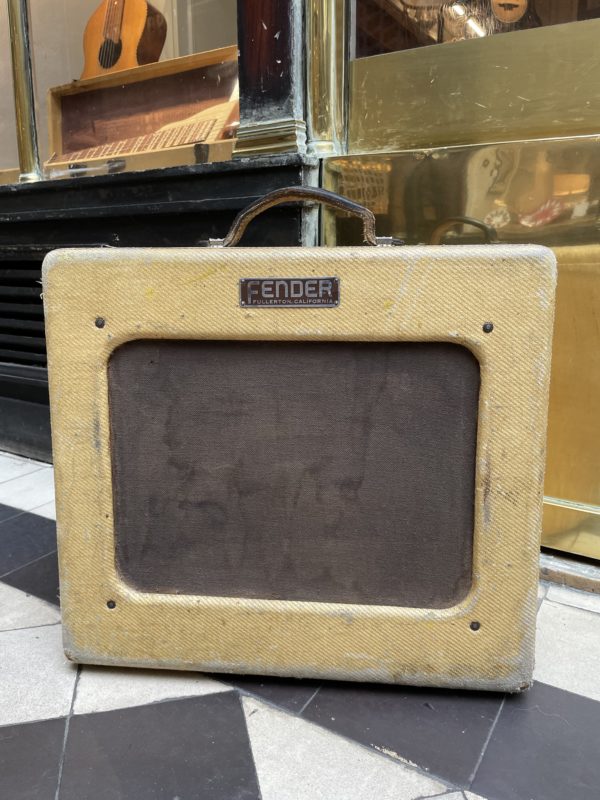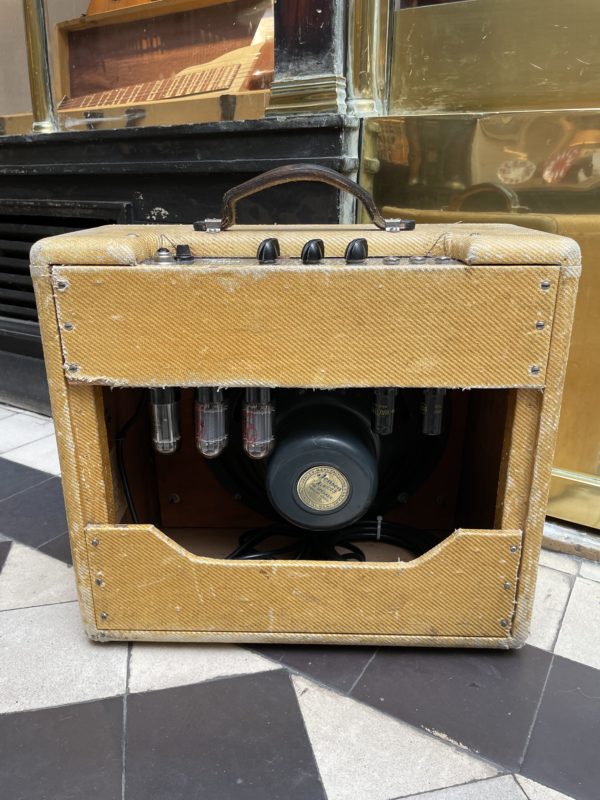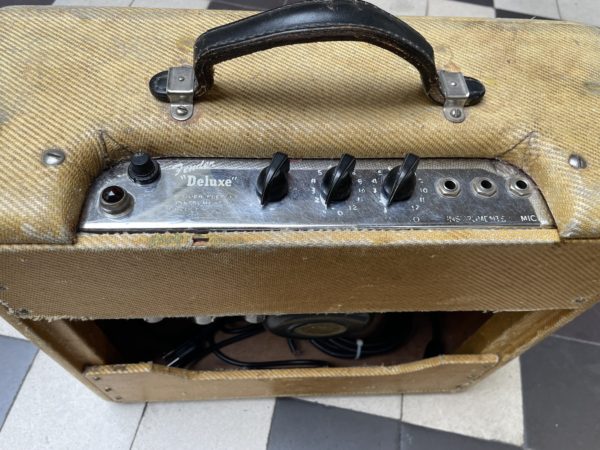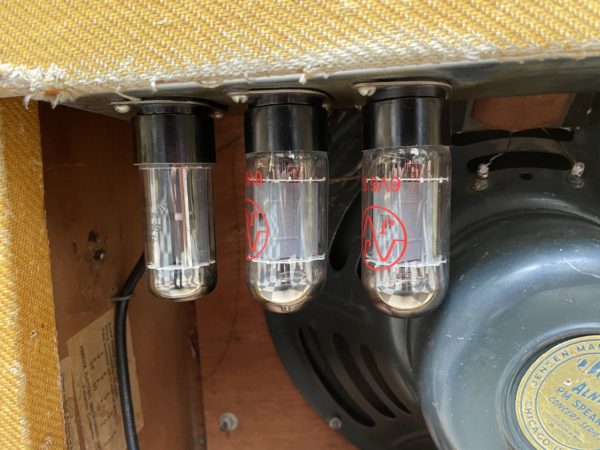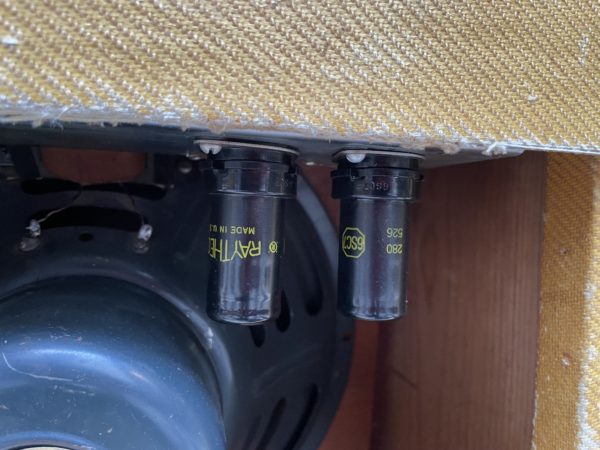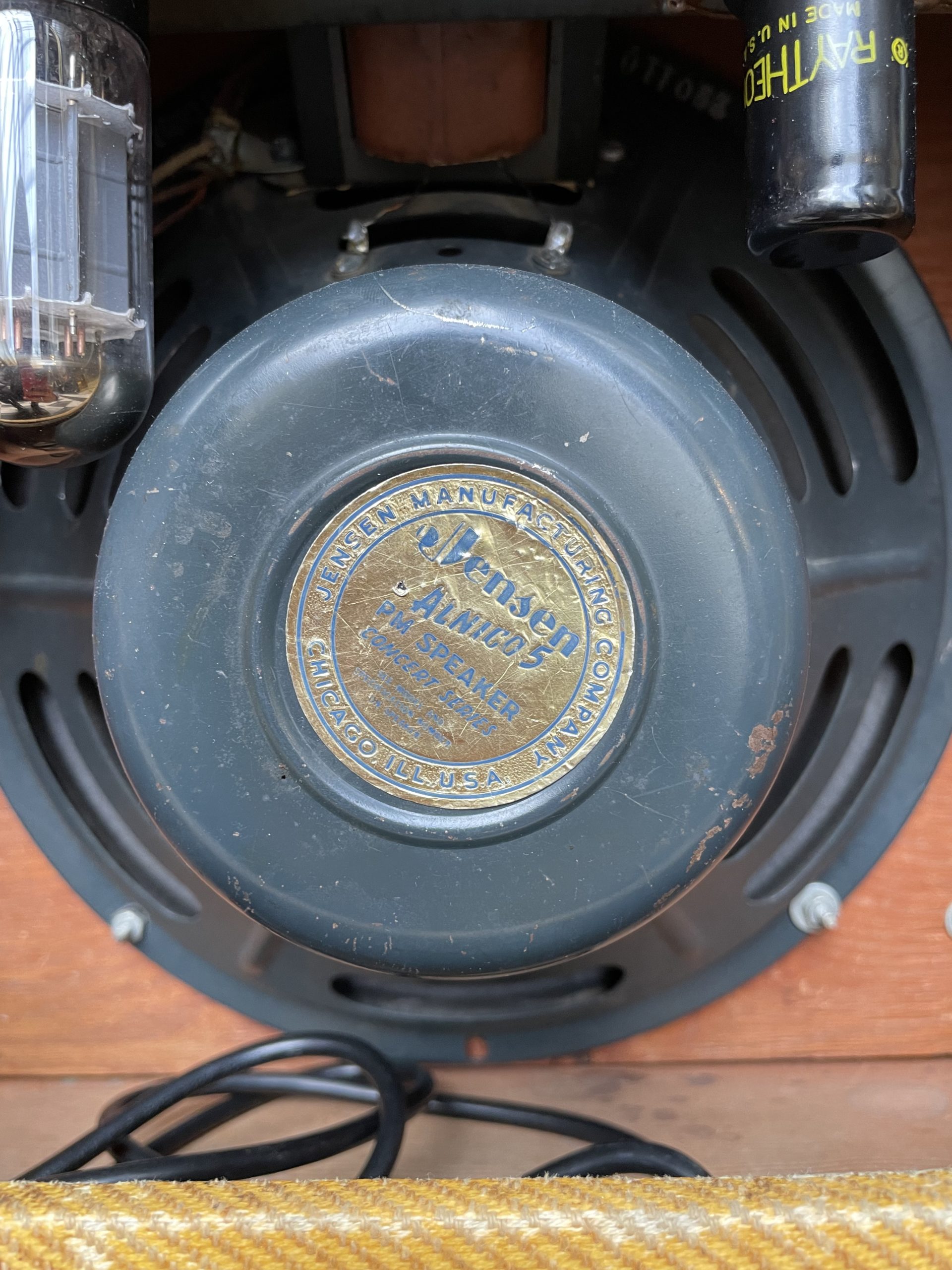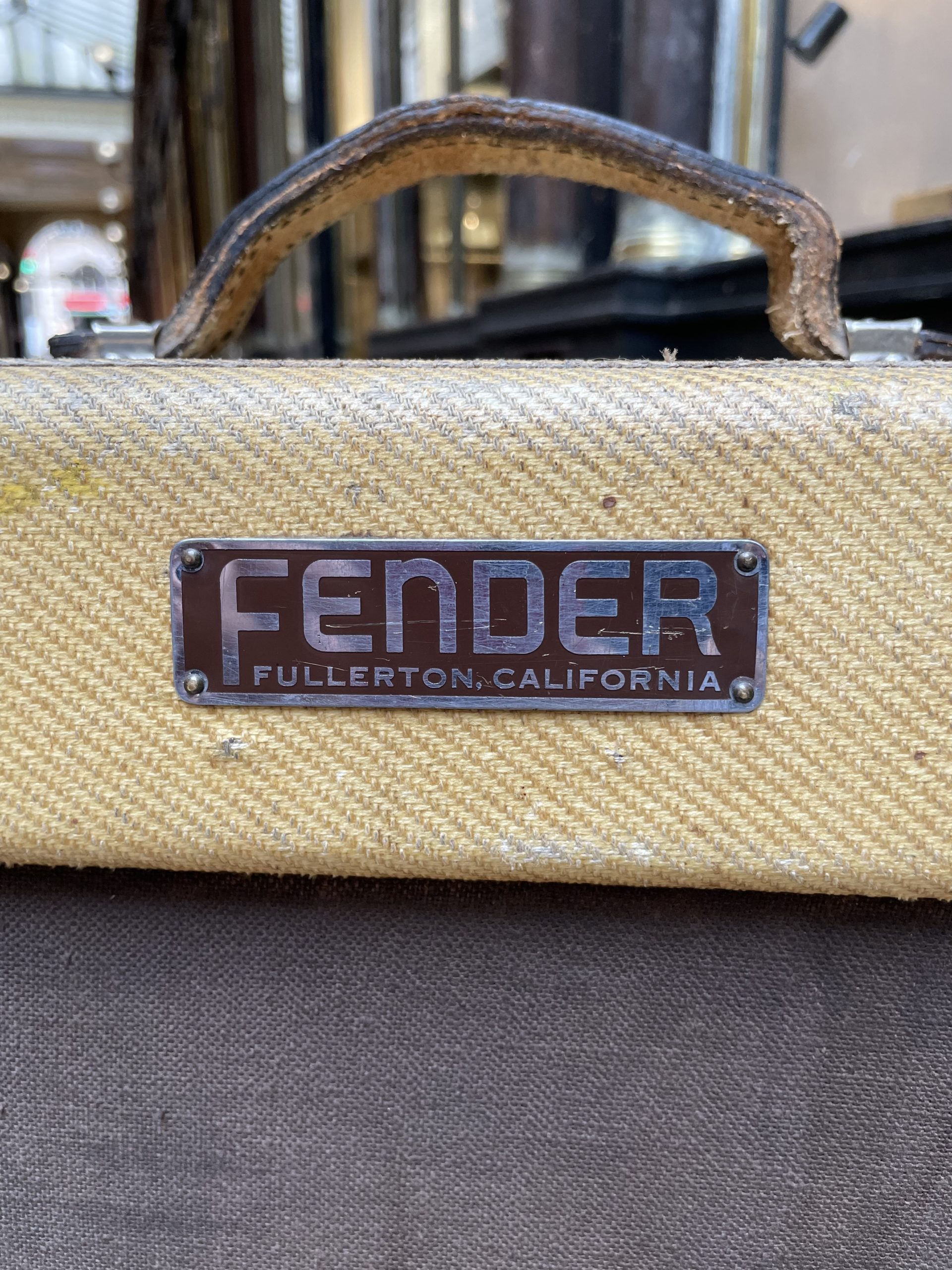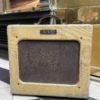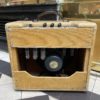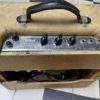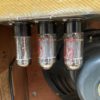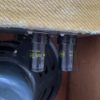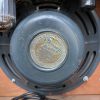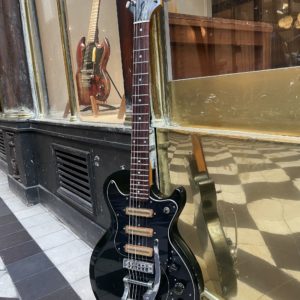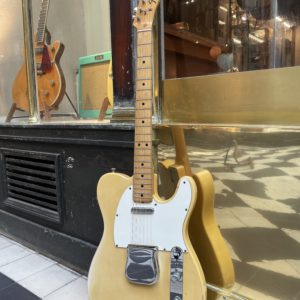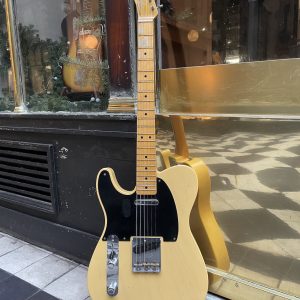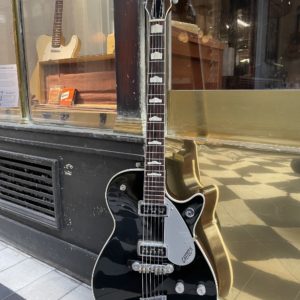1951 FENDER DELUXE 5A3
€7.800,00
The prices indicated correspond to the price in the case of payment in-store or by bank transfer. In the case of payment by credit card via the website, a processing fee of [3.25% + €0.25]* will be applied to the total amount of the basket, including delivery costs.
Additional information
A rare 1951 Fender Deluxe 5A3 TV Front amplifier, in very nice condition.
This device takes us almost back to the roots of the Fender company, before the introduction of electric guitars which would later make the manufacturer famous, even before it produced stringed instruments. It is an evocation of a time when Leo Fender, just 35 years old, was beginning to make a name for himself by manufacturing amplifiers for musical instruments and PA systems. At the end of the Second World War, he briefly joined forces with engineer Doc Kaufman, who had already shown his worth in the development of electric guitar models for Rickenbacker, notably designing the first vibrato tailpiece system for guitars, and the two founded the K&F Manufacturing Corporation. This collaboration only really lasted one year, since Leo Fender took over the reins of the company alone in 1946, creating at the same time a series of amplifiers which would be the beginning of its success: in order of increasing size, the Princeton, the Deluxe (then denoted Model 26) and the Professional. At their beginning, these amplifiers were assembled in elegant wooden cabinets (“Gleaming blonde maple, black walnut, and dark mahogany”, according to period brochures), so inspired in their round and refined shapes by the Modern American style of furniture from the 40s that you would think they came straight out of a Heywood-Wakefield catalog – it is from this construction that the nickname Woodie comes, designating the first version of Fender amps. The circuits are wired in point-by-point style, in a semblance of a jumble inside the chassis, which was commonplace in archaic amplifiers of the previous decade. However, Léo Fender’s bursts of innovation would not take long to bring about numerous changes to this design: in 1947, we note the appearance of the first cardboard circuit boards, giving a more orderly appearance to the assembly and more regularity from one amplifier to another, probably also making assembly work easier and faster. It was also this year that a major change in the aesthetics of Fender amps began, with the introduction of cabinets covered in tweed, a highly resistant textile material borrowed from airplane luggage construction. The Deluxe will adopt this new look in 1958, and this is how we arrive at the present model.
Its cabinet contains a 12-inch Alnico speaker, and features a rectangular opening on its front with rounded edges, reminiscent of television sets from the 1950s – hence the nickname TV Front given to this model. The chrome-plated, screen-printed control plate with the Fender logo on the top of the unit features inputs for the Instrument and Mic channels, a volume pot for each channel, and a tone pot for the Instrument channel , which also serves as a general on/off switch. Under the hood, we find the five tubes constituting the Deluxe circuit, from various recent or NOS brands: a 5Y3 rectifier tube, a 6SC7 pre-amplification tube, a 6SC7 phase inverter tube, and two 6V6GT power tubes. With the exception of the mica capacitor incorporated in the tone circuit, all of the electrolytic and decoupling capacitors have been replaced during various interventions over the life of the amplifier – all are functional to this day, as are the resistors located in the power supply voltage filter circuit which had to be replaced. The power cord has been changed to a modern cord with grounded plug, American pinout. The rest of the components (speaker, resistors, potentiometers, transformers, fuse holder, indicator light, etc.) are original. We note traces of a red vinyl covering with floral motifs still attached in certain corners of the cabinet, which must at one time have covered the entire amplifier – testimony to its use by a psych rock group in the years 60? Unfortunately, we will probably never know…
Carefully cleaned and adjusted by us, we can now get the most out of this little amp, from a balanced clean sound to a biting crunch. 110V mains supply.
Related products
-
1957 GRETSCH 6128 DUO JET
€10.900,00Original price was: €10.900,00.€9.950,00Current price is: €9.950,00.


